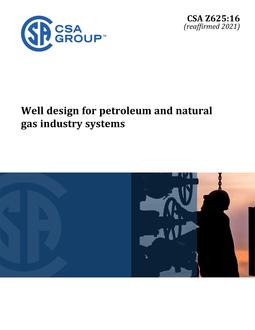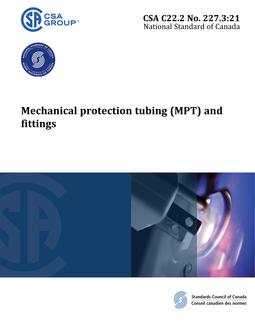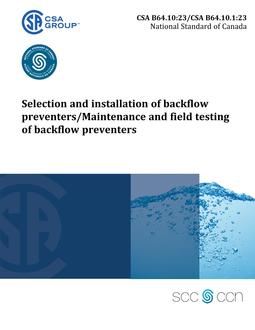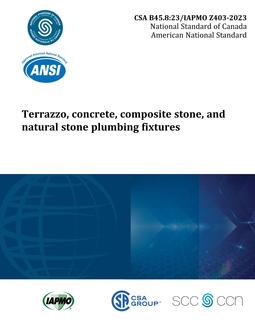
Preface
This is the first edition of CSA Z625, Well design for petroleum and natural gas industry systems. Operators need to work with other industries, as well as governmental agencies, in order to effectively manage the design process of their energy infrastructure. Therefore, this Standard is meant to be read in conjunction with other security legislation, safety legislation, best practices, policies, standards, and applicable codes. CSA Group acknowledges that the development of this Standard was made possible, in part, by the support of the regulatory organization and industry participants.
Scope
1.1 This Standard covers the design of wells in the land-based upstream sector of the petroleum and natural gas industry. 1.2 This Standard addresses a) casing, including casing design for various types of wells, including but not limited to horizontal and directional wells; b) cementing, including cement design and centralization issues and practices; and c) wellhead, including design, and assembly. 1.3 This Standard does not apply to a) completion; b) operations; c) abandonment; d) remedial cementing; e) interventions; f) suspensions; g) competencies; h) management system requirements; i) drilling operations; j) emerging technologies; k) design tools; l) offshore and arctic applications; m) non-petroleum and gas industry wells; or n) storage wells. Note: For storage wells standard refer to CSA Z341. 1.4 This Standard is intended to establish essential requirements and minimum standards for the design of wells in the oil and gas industry. This Standard is not a design handbook, and competent design practice and judgment must be employed with its use. It is not the intent of this Standard to prevent the development of new equipment or practices, nor to prescribe how such innovations should be handled. 1.5 The requirements of this Standard do not apply retroactively to existing installations or installations under construction at the time of publication, but they do apply to the extension, replacement, maintenance, and upgrading of such installations. 1.6 In this Standard, “shall” is used to express a requirement, i.e., a provision that the user is obliged to satisfy in order to comply with the standard; “should” is used to express a recommendation or that which is advised but not required; and “may” is used to express an option or that which is permissible within the limits of the Standard. Notes accompanying clauses do not include requirements or alternative requirements; the purpose of a note accompanying a clause is to separate from the text explanatory or informative material. Notes to tables and figures are considered part of the table or figure and may be written as requirements. Annexes are designated normative (mandatory) or informative (non-mandatory) to define their application.
Product Details
- Edition:
- 1st
- Published:
- 11/01/2016
- ISBN(s):
- 9781488304620
- Number of Pages:
- 42
- File Size:
- 1 file , 1.6 MB
- Product Code(s):
- 2424656, 2424656, 2424656


